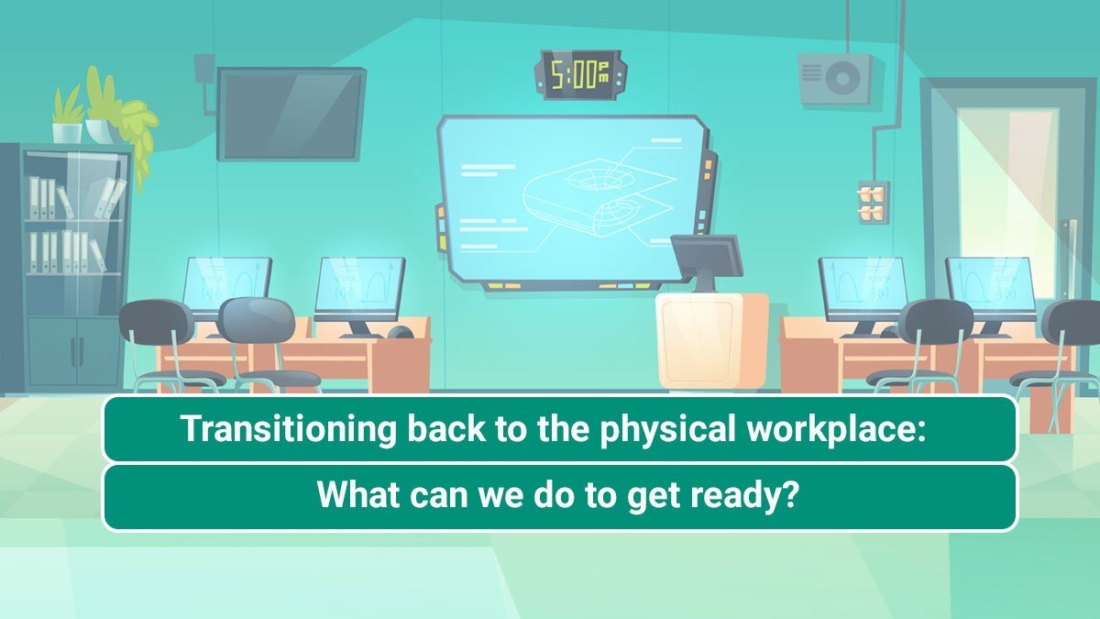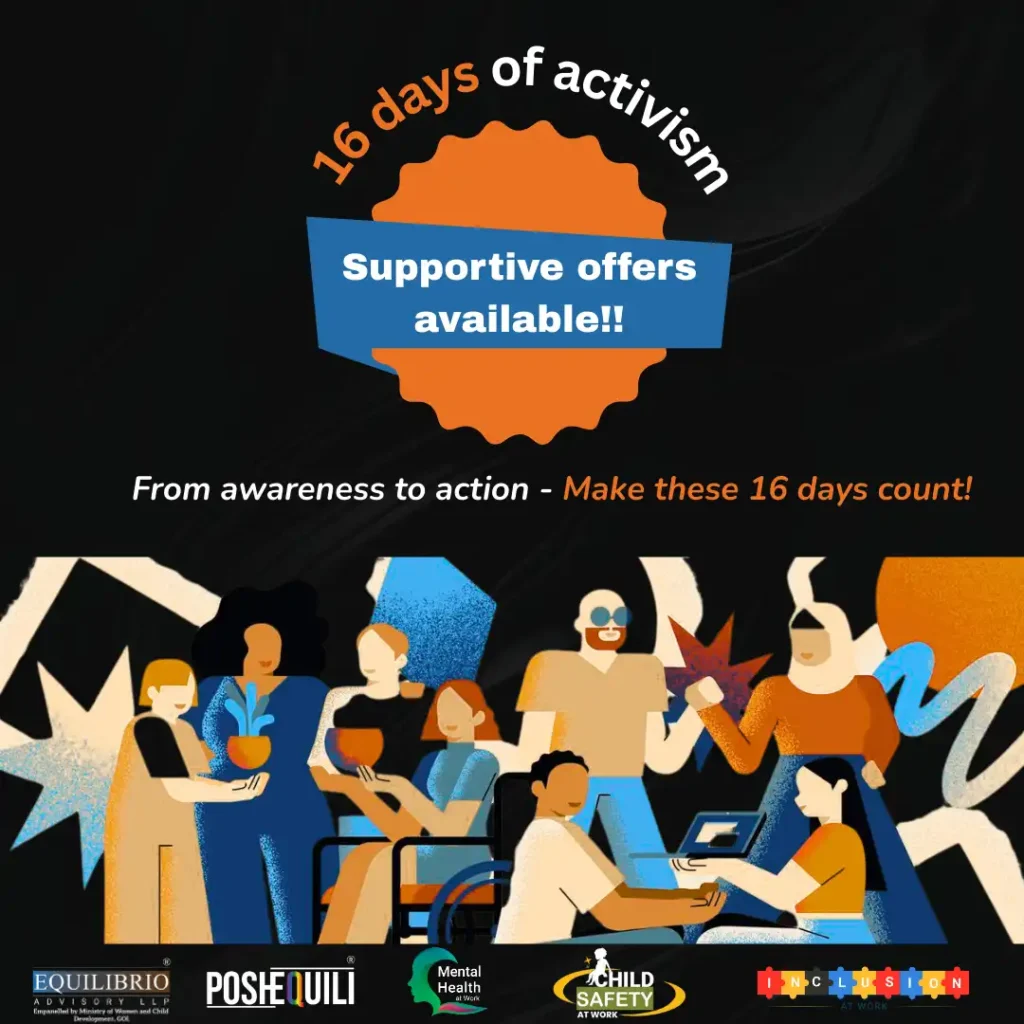They say that the only thing constant in life is change. We have all said or heard this idiom at some point of time in our lives, and have accepted it’s message – that change is inevitable. Change can show up in many ways: age related changes, the beginning or end of intimate relationships, change in one’s identity through marriage, divorce, parenthood, relocation or changes in living accommodations, employment or unemployment, promotions, traumatic events… and in many other ways which cause impact at an individual level. The simple truth is that while change is inevitable, it’s very nature is to challenge the status quo and shake us out of our comfort zone, hence any change may be met with a lot of resistance.
While most of us tend to ‘power through’ change or ‘deal with it’, we cannot ignore the impact that change can bring, not only to ourselves but the ecosystem of relationships around us as well. Both change and resistance are not just factors that influence the wellbeing of the individual but may also have deep significance for the Organisation as well.
But how exactly does change influence our wellbeing and the manner in which we interact with each other in the context of the organisation? This article aims to explore the role that change has played in the context of the Pandemic, and what we can learn from it.
The Covid-19 Pandemic has impacted every facet of our lives and the way we relate to ourselves and the world around us. The abrupt call for a lock down in March 2020, not only caused large scale impact to the workforce due to the financial loss, collapsing businesses and ensuing unemployment, but also redefined in many ways the manner in which we approach work and spaces of employment. This unplanned and sudden change needed organisations to transition into the virtual workspace in order to ensure businesses could adapt and survive.
Not everyone was ready for such a change then, and many people struggled to adapt to the abrupt shift to the newer technologies and systems that supported this change. Not many people have, even 2 years later, adapted to the impact of this change to their social lives and support systems. The loss of motivation, bonding, connect, expertise may in many ways have been caused by the systemic failure to anticipate and manage the needs emerging from such a sudden and drastic change.
Now, as many organisations have begun transitioning back to the physical workplace or implementing hybrid models of working, it’s past time we pause to ponder, what have we learnt from 2020-2021? How ready are we this time around to manage change for our teams and ourselves? Can we facilitate and manage this planned change in a way that mitigates the impact?
It’s important to realise we are not going back to the way things were by opening up our offices. Rather, we are beginning a new phase of working, altogether.
Let’s take a look at things to keep in mind while navigating the transition back to physical workspaces:
1. Understand the issue: Innate Resistance to Change
We need to remember that most people are resistant to change because it is uncomfortable, unknown. Managers and Leaders need to find ways to support their employees through large changes because of an innate need felt by people to want things to remain the same, thereby avoiding the stress that arises from wading into newer ways of functioning. A new way of working may bring with it a lack of confidence, insecurity and a process of unlearning-relearning. This can be very anxiety inducing and may also cause disruptions in other areas of employees’ lives as well. For example, transitioning back into the physical workplace post-pandemic, may greatly impact one’s energy levels with having to spend considerable amount of time commuting, bringing changes in one’s schedule, needing to reassess one’s support system and even a person’s understanding of their own personal space and boundaries. The manner in which one’s physical self may have changed over the 2 years of remote working and its impact to self-esteem and self-confidence may also be an underlying factor playing a role in building resistance to the physical workplace.
2. Adopt a collaborative approach:
While in the face of resistance, it may seem simple to simply insist that employees have no choice but to adhere to policy of resuming work from physical offices. Perhaps a more strategic approach could be to consider taking a collaborative position. Leaders and decision makers may reflect upon What are my employees valuing in their preference to work remotely?
- Firstly, it’s important to simply acknowledge that the move back to office is going to bring with it changes. It’s not about how it used to be, so much as it is about how it is going to be after 2 years of remote working, and minimal social interaction.
- We also have to keep in mind that everyone is different and for some this may simply be about pace, and building a sense of comfort outside of the now established remote working routine
- For others this may be about work-life balance[1], childcare[2] or even beating the fatigue of the commute and the cost / impact of relocating back to the location of the physical office[3].
The answer to this question does not lie with us, and can only be reached when we speak to our colleagues and employees from a place of curiosity, empathy and respect. A space free of judgment and incorporating what people are valuing into our shift away from remote working.
The hybrid working model is an example of this, where employees are required to come in at regular intervals, on certain days or for particular projects, thereby allowing people time to acclimatize to the new working systems as well as hold on to the spaces that they have created for themselves and what they innately value, also allowing for them to be seen and heard.
Adopting a collaborative approach may show the manager’s / leader’s / organisation’s openness to adapt and include the employee as a vital part of operations. If planned and pursued optimally this may also go a long way towards building trust, morale and wellbeing, while also enhancing productivity and business goals.
3. Facilitate the transition:
As leaders it is also important to facilitate the process of change, in a manner that supports wellbeing, through:
Anticipating needs: It is absolutely essential to be able to anticipate the needs of the employees arising from any change early on. Collaborating with employees to do so can be a useful strategy. This can be achieved through dialogue and discussion in small groups, launching anonymous surveys where employees can share their views without apprehension, and can also be achieved by open invitations to individuals who may have ideas or specific needs to directly share. Such a collaboration and information sharing may make it possible to create a healthy and inclusive plan for transition and minimize any impact as best possible.
Building familiarization and easing in: Give your employees time to adjust to the idea of the new working set up, send mailers, images and have conversations around what to expect, highlighting those aspects of the workplace environment that may align with what you employees needs may be. It may also be useful to detail all those aspects of the shift that may be non-negotiable and imperative to business.
Building support systems: As managers may not be available to all employees all the time, it may be useful to explore the possibilities of appointing leaders or those who may be able to lend support through their role to other employees. Have pathways for referral to mental health support providers or employee assistance providers internally and generate awareness around the same. Normalize the need to access support in the context of the workplace.
References:
Change Management | Organizational Behavior / Human Relations (lumenlearning.com)COVID-19 Pandemic Continues To Reshape Work in America | Pew Research Center
– Rosanna Rodrigues(She/Her), Social Worker & Associate, External Member & Trainer
 Cart is empty
Cart is empty 



